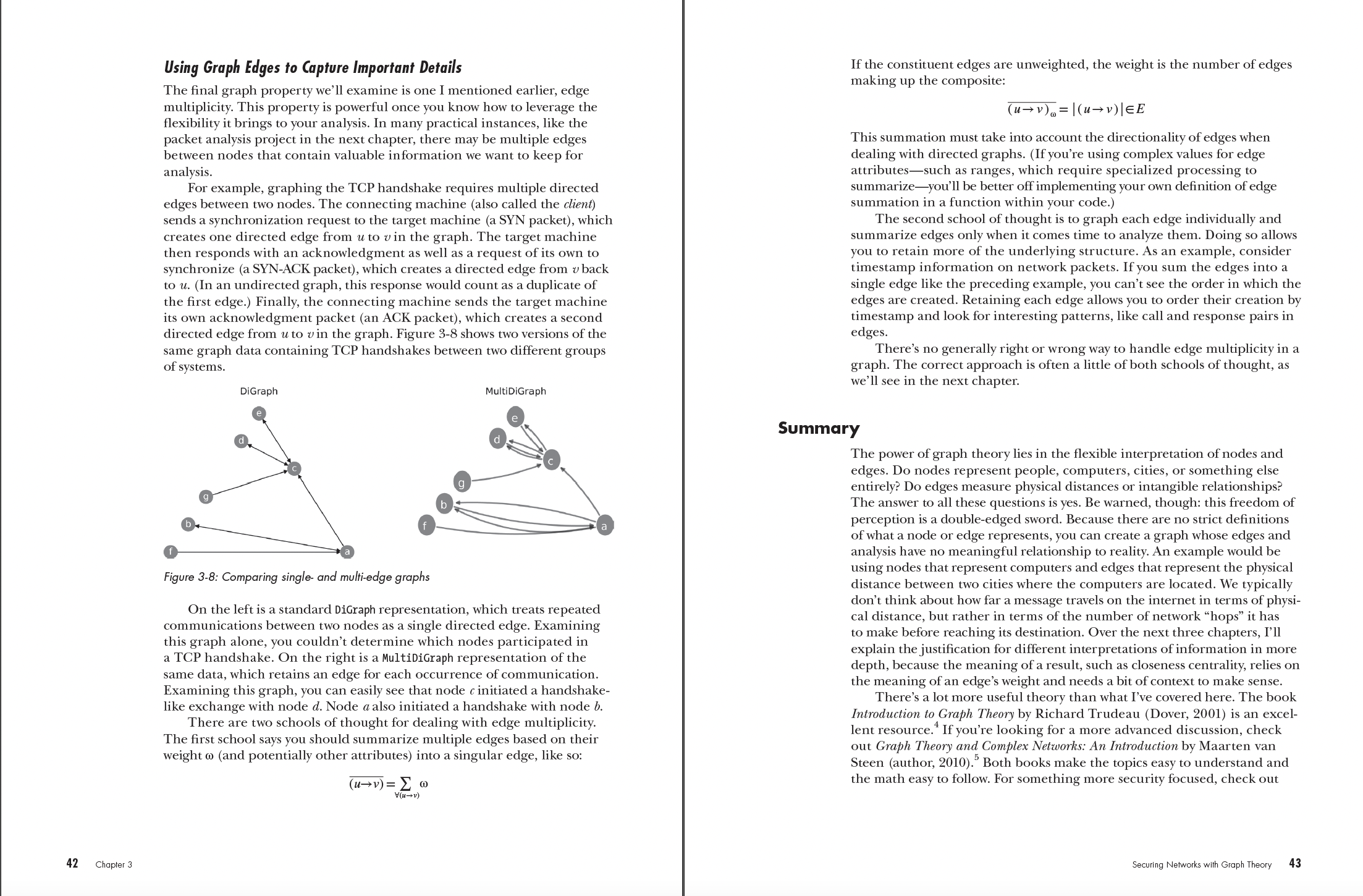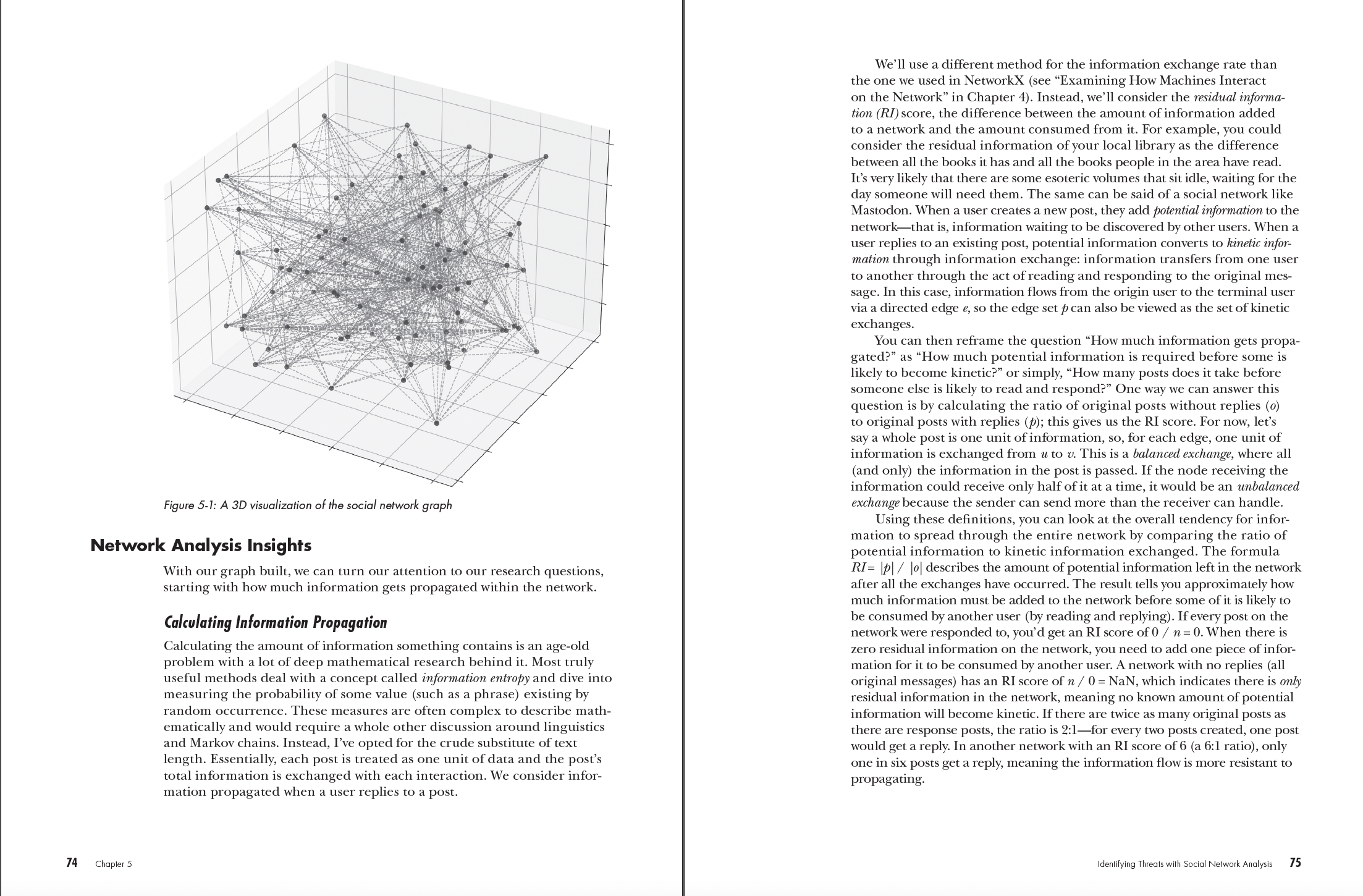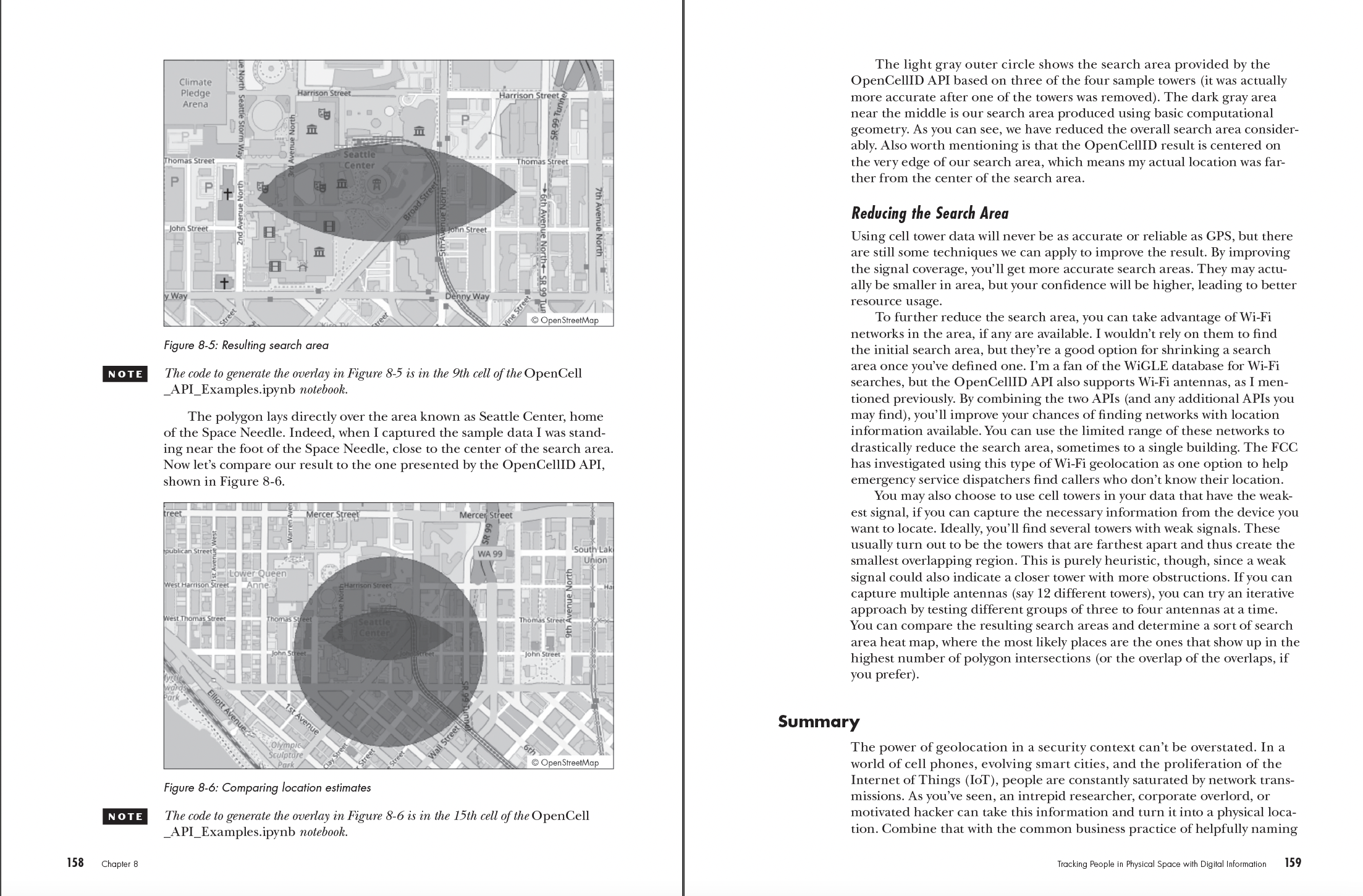Introduction
PART I: ENVIRONMENT and CONVENTIONS
Chapter 1: Setting up the Environment
Chapter 2: Programming and Math Conventions
Part II: GRAPH THEORY AND COMPUTATIONAL GEOMETRY
Chapter 3: Network and Graph Theory
Chapter 4: Building a Network Analysis Graph
Chapter 5: Analyzing Social Networks Derived from Mastodone Posts
Chapter 6: Analyzing Social Network Evolution with Monte Carlo Simulations
Chapter 7: Computational Geometry Theory
Chapter 8: Triangulating Locations from OpenCell Data
Chapter 9: Emergency Service Planning with Voronoi Diagrams
Chapter 10: Computational Geometry for Facial Recognition
PART III: THE ART GALLERY PROBLEM
Chapter 11: Understanding the Art Gallery Problem
Chapter 12: Going Beyond the Proof of Concept
Chapter 13: Delivering Python Applications
Endnotes
Index
View the detailed Table of Contents
View the Index








